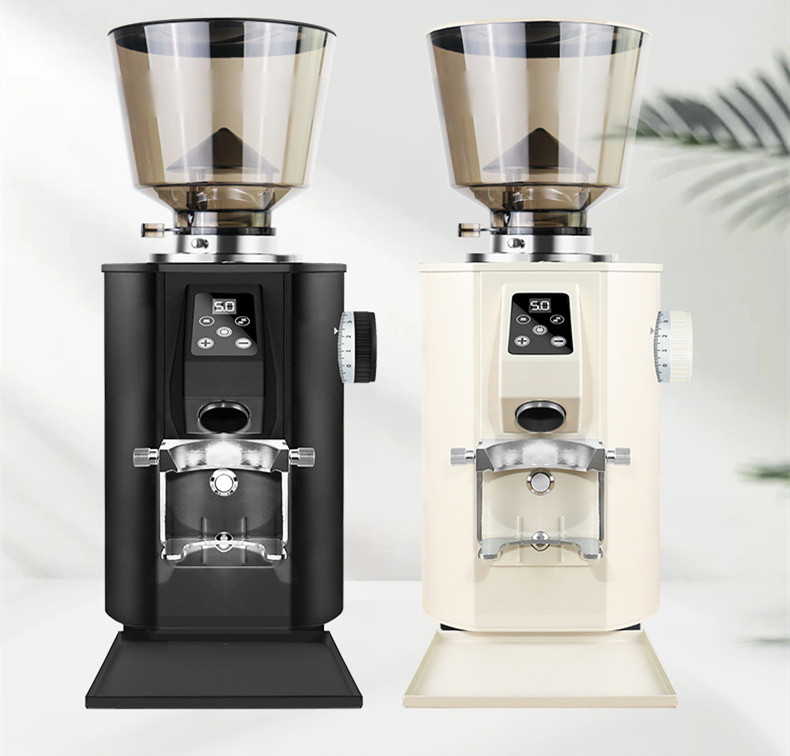How Coffee Grinders Drive Innovation in the Coffee Industry Through Grinding Techniques
The evolution of coffee grinders has become a cornerstone for innovation in the coffee industry, reshaping everything from flavor precision to consumer engagement. By refining grinding technologies, the sector is unlocking new dimensions of quality, sustainability, and market expansion.
Enhancing Flavor Profiles Through Precision Grinding
The science of coffee grinding directly impacts flavor extraction, with particle size uniformity determining the balance of acidity, sweetness, and body. Modern grinders equipped with advanced burr systems and micro-adjustment capabilities allow baristas to tailor grind sizes to specific brewing methods—from the fine powder required for espresso to the coarse grounds ideal for cold brew.
For instance, conical burr grinders reduce heat generation during milling, preserving volatile aromatic compounds that contribute to floral or fruity notes. This precision is critical for specialty coffee roasters, who now market beans with detailed grind recommendations to ensure optimal extraction. Research indicates that even a 10% variance in grind size can alter perceived sweetness by up to 15%, highlighting the role of grinder technology in flavor consistency.
Additionally, innovations like on-demand grinding systems minimize oxidation by grinding beans immediately before brewing. This approach, popularized in third-wave coffee shops, ensures that each cup retains the freshness and complexity intended by the roaster.
Meeting Consumer Demand for Personalization and Convenience
The rise of home brewing and smart coffee appliances has driven demand for grinders that cater to individual preferences. Smart grinders integrated with IoT technology allow users to adjust grind settings via mobile apps, track usage data, and receive maintenance alerts. These devices often feature pre-programmed modes for popular brewing methods, simplifying the process for novice users while offering manual overrides for enthusiasts.
Portable grinders have also transformed outdoor and travel coffee experiences. Compact, battery-powered models with durable ceramic burrs enable users to replicate café-quality grinds in remote settings. This trend aligns with the growing popularity of camping and adventure tourism, where coffee rituals are no longer compromised by location.
Moreover, subscription-based coffee services now pair beans with recommended grinder settings, educating consumers on how grind size affects taste. This educational layer fosters deeper engagement, as users experiment with adjustments to suit their palates.
Supporting Sustainability and Ethical Practices
Grinder innovation is increasingly aligned with environmental and ethical goals. Energy-efficient motors and recyclable materials are becoming standard in commercial and home models. Some manufacturers now design grinders with modular components, allowing easy replacement of worn parts to extend device lifespans and reduce waste.
In coffee-producing regions, grinder technology is empowering farmers to add value at the source. Small-scale mills equipped with adjustable burrs enable producers to experiment with grind profiles for local markets, bypassing intermediaries and increasing profit margins. For example, in Colombia, cooperatives use portable grinders to process beans for niche exports, such as cold brew concentrates, which command premium prices.
Additionally, grinders that minimize dust and static during operation reduce coffee waste, a critical consideration for eco-conscious consumers. By optimizing particle distribution, these machines ensure that nearly 100% of ground coffee is utilized, aligning with zero-waste initiatives.
The Future of Grinding: Integration with Digital Ecosystems
Looking ahead, grinders are poised to become hubs in connected coffee ecosystems. AI-driven algorithms could analyze brewing variables—such as water temperature and extraction time—to automatically adjust grind settings for perfect results. Blockchain technology might also trace beans from farm to grinder, providing consumers with transparency about origin and processing methods.
Collaborations between grinder manufacturers and coffee educators are likely to proliferate, offering virtual workshops on grind calibration and flavor development. As the industry prioritizes sustainability, grinders may incorporate carbon footprint tracking, encouraging users to opt for eco-friendly settings.
The intersection of grinding technology with data analytics, automation, and ethical sourcing represents a transformative phase for the coffee industry. By continuing to innovate in precision, accessibility, and sustainability, grinders will remain instrumental in shaping the future of coffee consumption.


